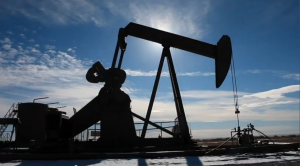Ozone pollution is supposed to be a problem in big cities with lots of traffic in the hot summer. But air quality monitors near oil and gas fields in Utah’s rural Uintah Basin have picked up episodes of ozone pollution far in excess of federal health-based standards in the least
likely time — during winter.
So this winter, NOAA researchers and colleagues from the Utah Air Quality Division, other NOAA offices, CIRES , and several other institutions launched the Winter Ozone Study in the Uintah Basin. The team is peppering the basin with chemistry instruments for six weeks, to understand where the ingredients of ground-level ozone are coming from, and how local conditions contribute to record-breaking ozone levels. Understanding exactly why ozone pollution levels spike should help energy companies and local officials prevent poor air quality events or lessen their impact.

